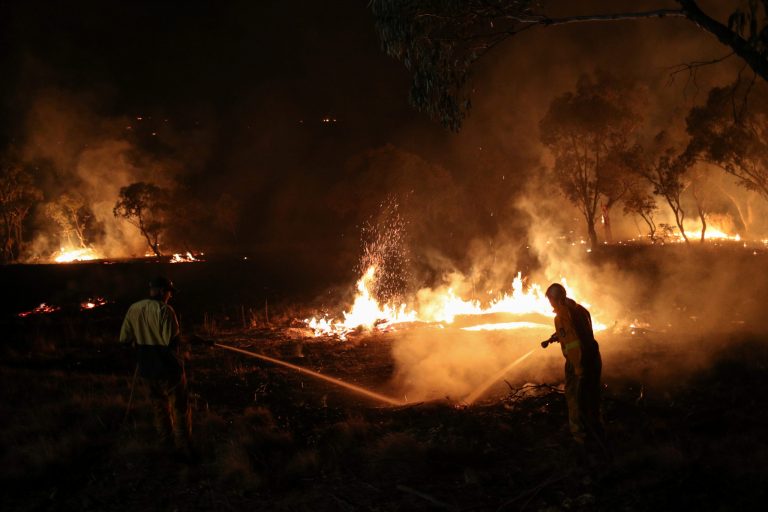
REUTERS, SYDNEY/MELBOURNE: Wildfires that threatened Australia’s capital, Canberra, over the weekend have been brought under control as containment lines held and hot and windy conditions eased, prompting authorities to lift a state of emergency.
While fire in the Australian Capital Territory (ACT), home to the capital city, has spread to more than 55,000 hectares (136,000 acres), close to a quarter of the territory’s entire landmass, the heat fuelling the danger is subsiding.
ACT Chief Minister Andrew Barr said the threat was not yet over and that there may be weeks of firefighting ahead.
“We may need to return to a state of emergency if the situation requires it,” he said on Sunday.
The ACT declared a state of emergency leading into the weekend, which gave authorities greater powers to order evacuations, close roads and take control of properties as fire threatened suburban areas.
It was the first time an emergency was declared in Australia’s capital since 2003 when fires destroyed almost 500 houses and led to four deaths.
But containment lines supported by airdrops of fire retardant helped keep the blaze back over the weekend, even in the face of wild winds and elevated temperatures which only fell in the capital overnight on Saturday, according to Australia’s Bureau of Meteorology.
The dangerous conditions started to ease on Sunday, and there is favorable weather – and even rain – forecast for the rest of the week in the nation’s capital.
Australia’s prolonged bushfire season has killed 33 people and an estimated 1 billion native animals since September. About 2,500 homes have been destroyed and more than 11.7 million hectares of tinder-dry bushland have been razed.
The fire in the southern tip of the ACT also crossed into the state of New South Wales (NSW) and destroyed some homes, authorities said on Sunday.
Seventy fires were burning across NSW late on Sunday afternoon, with 30 of those not contained. NSW Health issued a statement saying air quality would be poor in parts of the state, including Sydney, due to a combination of bushfire smoke and dust blowing in from drought-hit areas.
Affected residents were urged to stay indoors and minimize physical activity, NSW Health said, adding those with chronic respiratory and cardiovascular conditions are particularly at risk.
Parts of NSW were struck by thunderstorms late on Sunday which helped douse flames, although authorities said storms could also trigger new fires.
“Widespread thunderstorms and lightning strikes today may produce new ignitions,” the NSW Rural Fire Service said in a tweet.
“Cooler conditions have seen reduced fire activity across most firegrounds today.”




